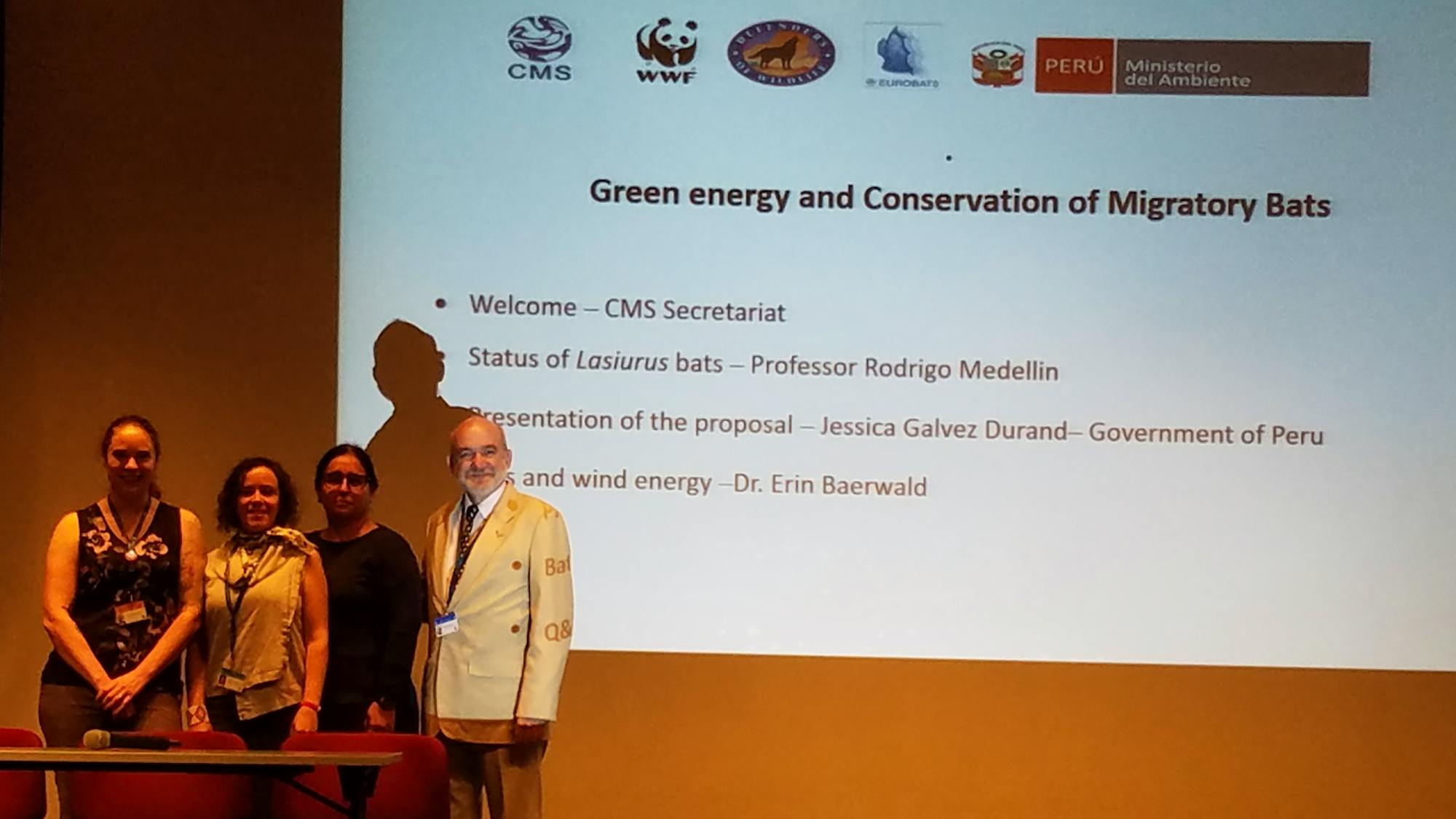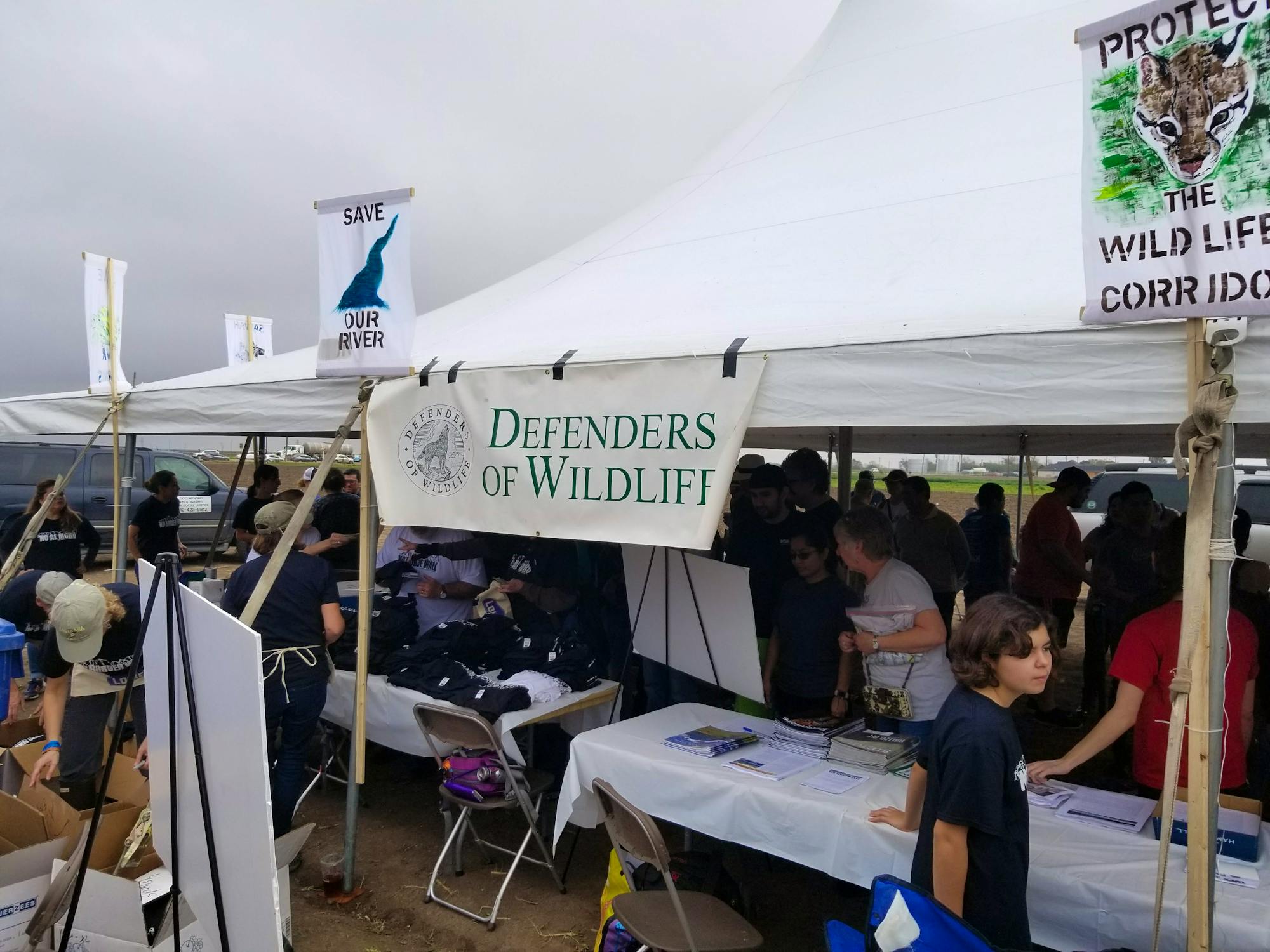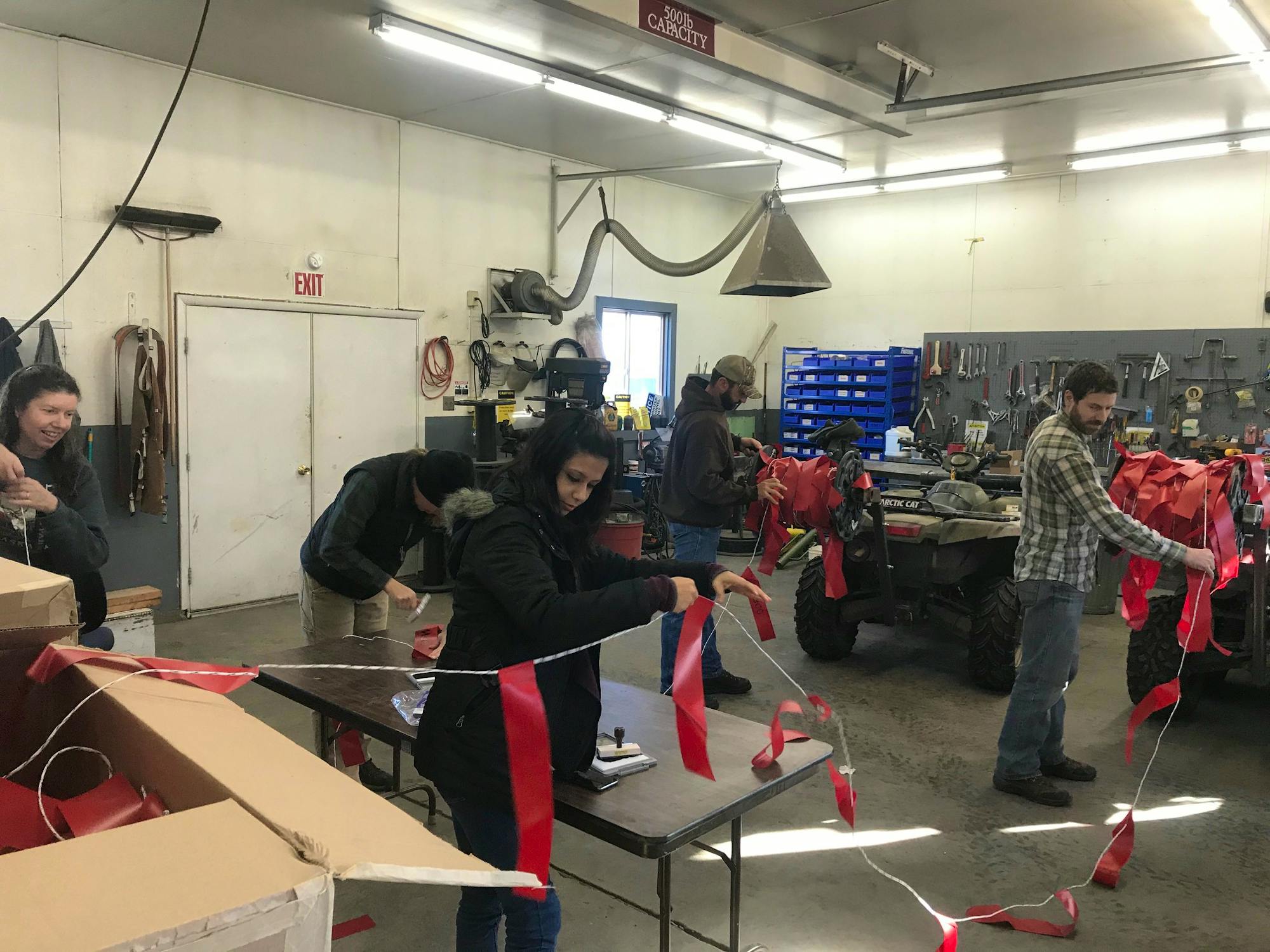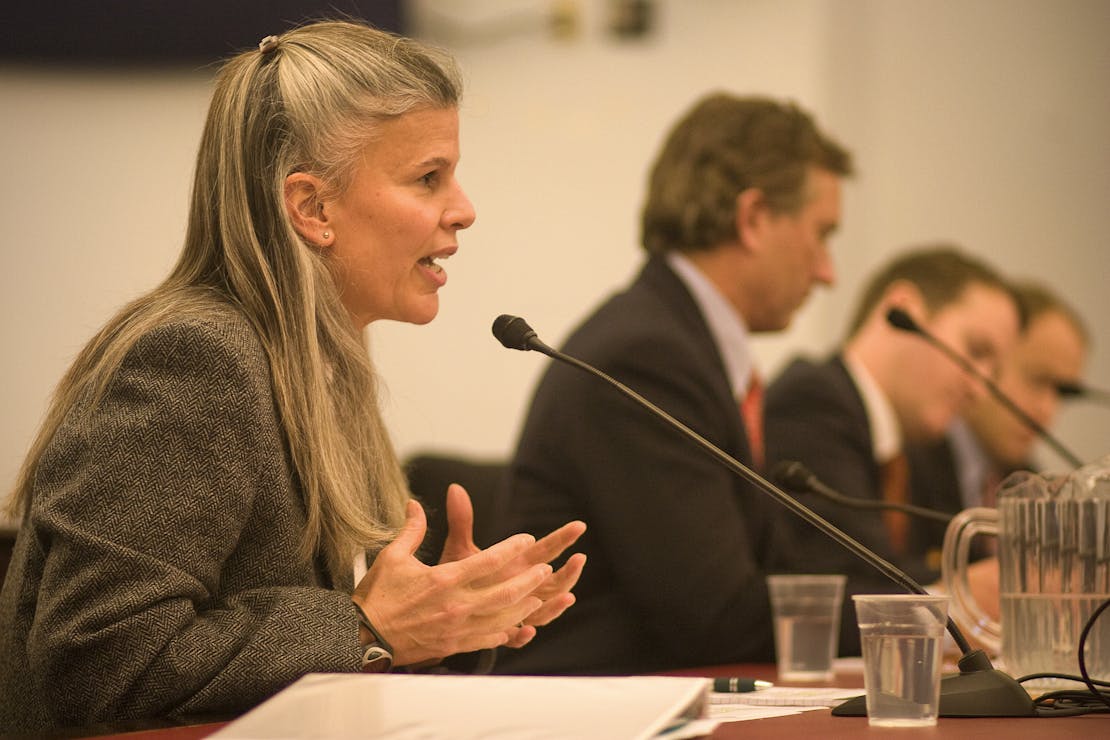75 years ago, when Defenders of Wildlife was founded to address the cruelty of steeljaw leghold traps, there were no environmental laws in America.
The last wolf pack in Yellowstone Park had been eliminated 21 years before, and few Americans had even taken notice.
Most people took wildlife for granted, believing numbers were infinite. Many viewed nature as something to manage, control or dominate, and they thoughtlessly killed what they feared—and that included wolves.
As I reflect on Defenders’ 75th anniversary, I want to acknowledge the visionaries who recognized the importance of protecting species, and wildlife's role in our society. They laid the groundwork for decades of achievements in wildlife conservation for which all our members can be deeply proud, including the Endangered Species Act, one of our nation’s first environmental laws, and a turning point in bringing bald eagles and so many others back from the brink of extinction and beginning the restoration of gray wolves.
I also want to recognize how much our challenges, our movement and Defenders has evolved over 75 years. Three quarters of a century ago, most conservationists believed that if we protected species, and preserved some habitat, that would be enough for wildlife to thrive. Nature, we hoped, would take care of itself.
Today, we see the bigger picture, as well as the existential dangers. We confront threats such as the escalating climate crisis we couldn’t have imagined in 1947. We also recognize that nature has limits, and those limits are nearing the breaking point—with as many as one million animal and plant species worldwide now facing the possibility of extinction in our lifetimes.
Though our challenges are greater, more urgent and more complex than ever before, so are the resources and tools we have to confront them. At Defenders of Wildlife, we have built an extraordinary team of scientists, policy experts, lawyers, outreach specialists and communicators. We’ve also invested in new technologies to better understand threats, implement solutions and measure progress.
Beyond our headquarters in Washington, DC and our tireless work on Capitol Hill and with the Executive Branch, we are very much a field organization. As a wildlife biologist, I understand the value of having boots on the ground, so that when we confront complex challenges like how water pollution affects manatees in Florida, or the importance of coexistence for growing Mexican gray wolf populations in the Southwest, we have staff in place who know the people, the practical approaches that will work and are focused on collaborative conservation initiatives to assure enduring solutions to protect wildlife for the future.
For all these reasons, no organization is better positioned to lead wildlife conservation than Defenders of Wildlife. We are helping to shape regional, national and international decisions on issues like renewable energy, landscape conservation, climate solutions and wildlife law and policy—supported by the nearly 2.2 million members and activists who make our work possible. And we are leading efforts to broaden the conservation movement in size, diversity, energy and vision.







75 years is clearly a cause for celebration. We’ve achieved so much together. But if there’s one thing I know for certain, it is the challenges we will face in the next 75 years will be far greater than those of the past, and our work together will be even more critical and transformational.
A heartfelt thanks to all who have helped bring us to this point, and to everyone who will come on board in the coming months and years to help ensure nature thrives, and people survive, in our rapidly changing world. The power of people, and of our membership, is unparalleled in igniting a passion to save biodiversity and calling for action on behalf of imperiled species.
I am so proud to lead Defenders of Wildlife and I am even prouder to stand alongside other Defenders, like you, who will ensure the future of our nation’s and our planet’s wonderful wild world for generations to come.








